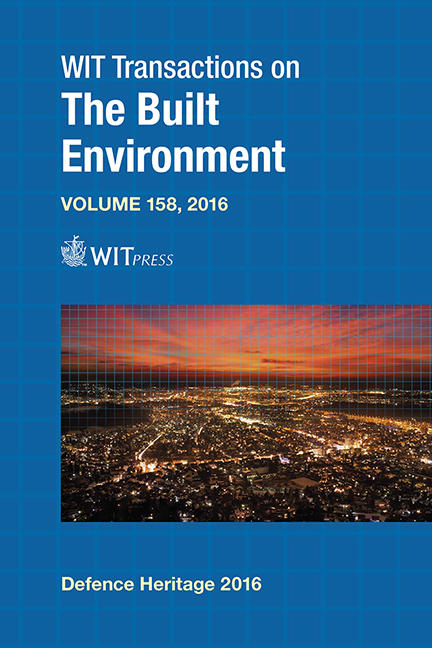Engineer Leandro Badarán’s Project To Safeguard The Fortresses Of Alicante In 1794
Price
Free (open access)
Transaction
Volume
158
Pages
12
Page Range
1 - 12
Published
2016
Size
3,425 kb
Paper DOI
10.2495/DSHF160011
Copyright
WIT Press
Author(s)
V. Echarri
Abstract
After the construction of the San Carlos bastion in Alicante in the final decade of the seventeenth century, and the great trench which the English built around the district of San Francisco during their years of dominance in the War of Succession, the waters of the San Blas gully caused serious damage to these fortifications of the city and to the trade buildings of the port. In 1772, the diversion canal was built. It was designed to divert the riverbed of the gully and send the waters directly to the sea. The project had been initially designed by the Engineer General, Jorge Próspero de Verboom in 1721. This unique work of engineering had some defects, principally in the breakwater which prevented the waters from flowing down the former river course. On several occasions, the water returned to its original riverbed due to the weakness of the breakwater, the narrowness of the channel’s bed and its lack of regularisation, causing serious damage to the bastion, the Babel-facing façade, the traders’ warehouses and other buildings. This study describes the project that the military engineer Leandro Badarán carried out in 1794 in order to technically improve this canal and examines his report on the state of the fortifications. Similar works built in Spain are also explained. It also analyses the repeated disputes between the war department and the port throughout these years over finding a technical solution to the problem.
Keywords
fortifications, military engineers, Jorge Próspero de Verboom, Leandro Badarán, Francisco Sabatini, Alicante





